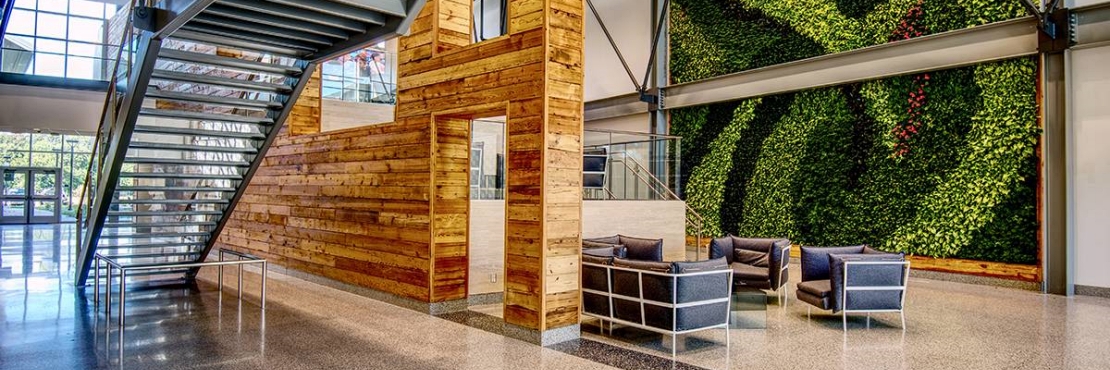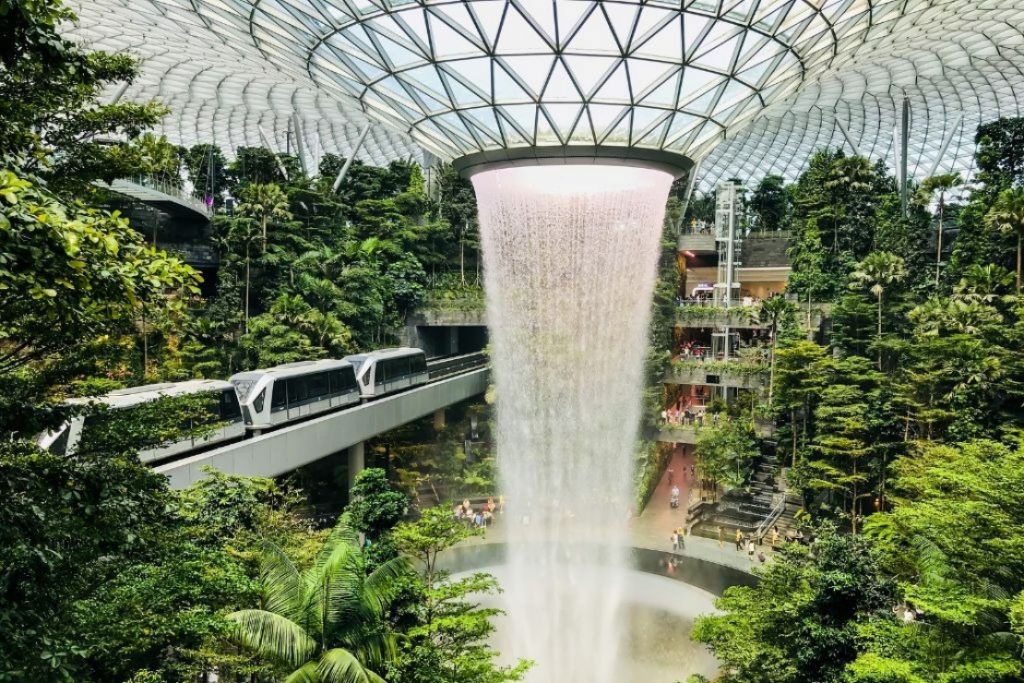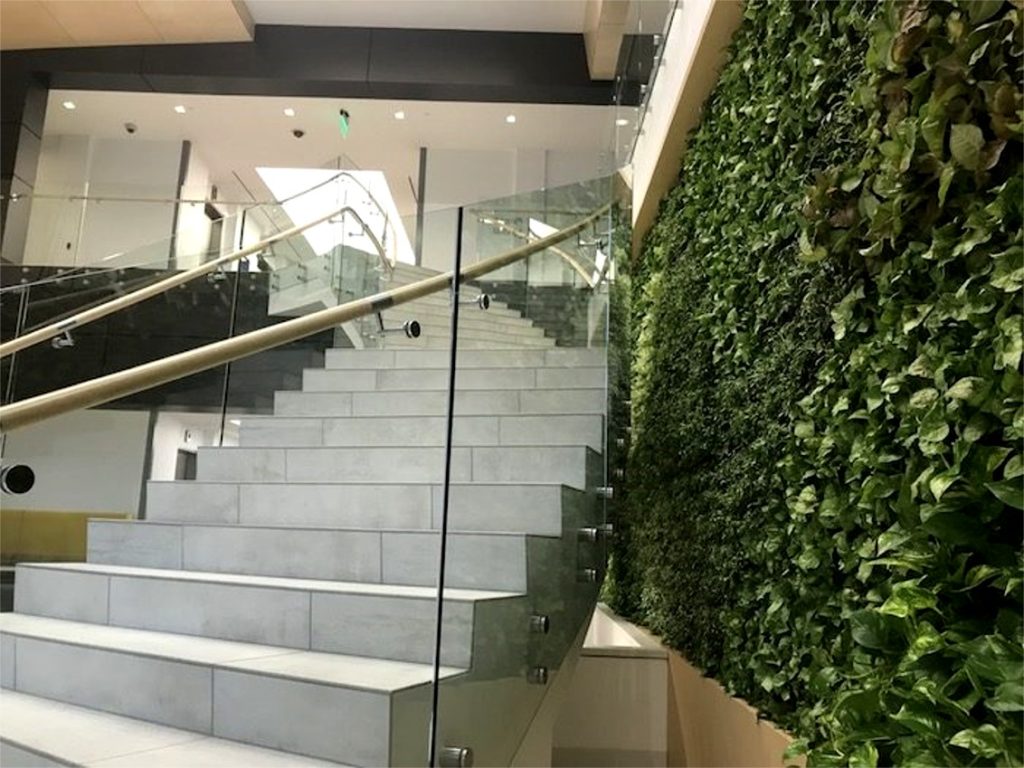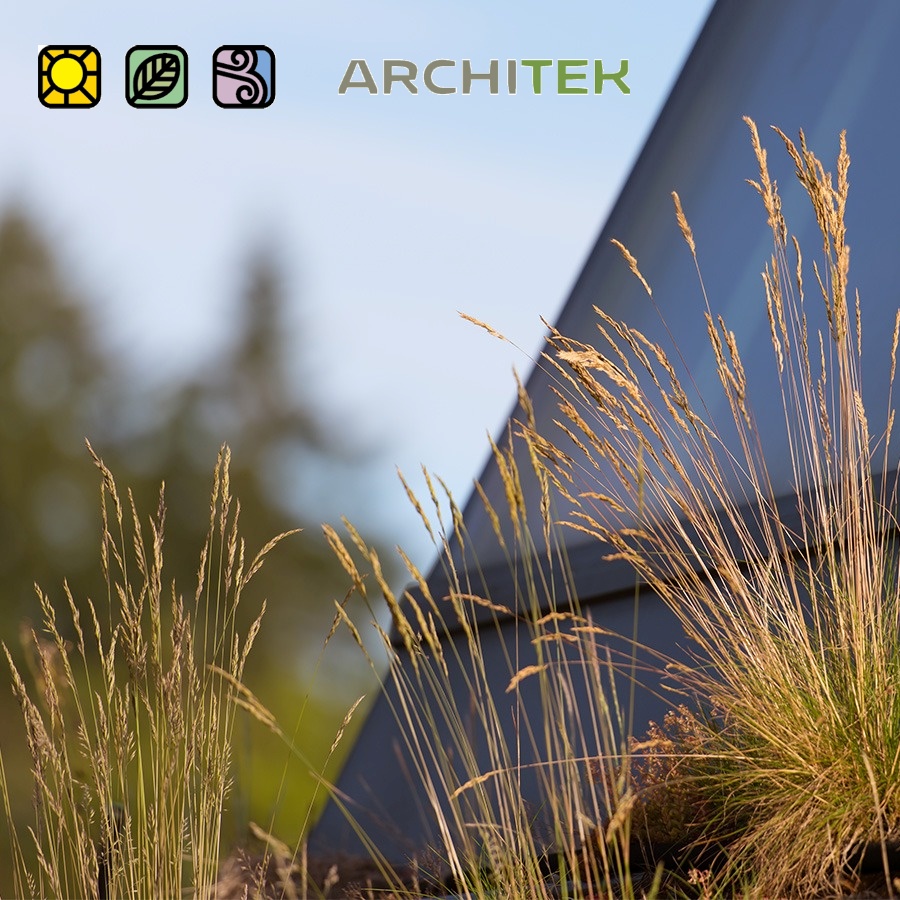Hal Thorne of GSky Plant Systems writes:
GSky Plant Systems Shares “Innovation in Design and Practice: The Future of the Living Green Wall Market”
Green walls might have been a fad if not for a redesign to meet architectural expectations. What’s next?
By 2050, 68% of the world’s population will call a city home. That’s an increase of 13% from today. The implications of this vast global shift are myriad and complex, but one effect on individuals is clear enough: some 2.5 billion more people will live in densely populated areas that are less imbued with nature but instead defined by concrete and steel. Why does that matter? Recent scientific findings have identified people’s tendency to see a connection with nature. “Biophilia” as it has come to be known, is rapidly being integrated into architecture and interior design. It reveals an innate human inclination to focus on and interact with biodiversity. In short, the benefits are many. The green design offers health and psychological benefits to individuals; the absence of flora makes people less healthy and less happy. As the urgent question of sustainable, healthy design spurs the green wall market to new heights, architects and designers must consider market trends and recent growth to best plan for future biophilic development.
Today’s Living Green Wall Market
Any review of current trends reveals an energized market, defined by a number of demand factors. While green wall systems have long been incentivized by tax codes in Europe, policies in the United States such as LEED standards are spurring interest in them as part of building designs that take advantage of government support. Stricter regulations, meanwhile, are also pushing builders to integrate living walls into their projects around the world. Additionally, new institutional forces are reshaping the conversation. The WELL Building Standard, for example, challenges developers to design indoor environments that support the health and wellbeing of occupants—a goal ideally served by biophilic design.
 Greenroofs.comConnecting the Planet + Living Architecture
Greenroofs.comConnecting the Planet + Living Architecture









